7 Things I Learned From Shooting One Portrait a Day for a Whole Year
![]()
Essentially conceived as a New Year’s resolution, I gave myself the challenge of producing one portrait every single day during 2013. I’ve had a passion for portraiture for some time, and I figured that at the very least, I would create some portraits that I am proud of by attempting this challenge.
I had no idea in the days leading up to the first portrait where it would take me, the amazing people I would meet, as well as how difficult it would be to keep it going and to keep the quality up to my standard.
However, if it were easy it would not be unique. The project in its entirety can be viewed here.
![]()
Here are 7 things I learned along the way.
#1. The camera is a passport
One of the most incredible things I experienced through completing this project is the fact that the camera can be a passport. If utilized correctly, it allows you access to incredible people, experiences and situations.
It still boggles my mind that I could walk up to strangers on the street and those people were kind enough not only to agree to be photographed, but also on occasion, to agree to my sometimes crazy requests.
For example, I asked Katie, whom I had just met, to lie in a flower bed in a sidewalk planter as I thought it would make for a cool portrait, and she had absolutely no qualms to this request, and it did indeed make for an interesting portrait.
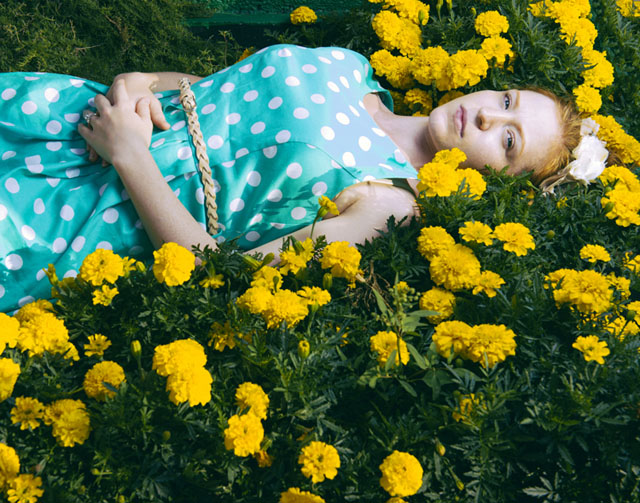
#2. Practice makes perfect
Prior to starting this project I had already won a few awards for my portrait work, but I was not getting as many jobs to shoot editorial-style portraits as I would have liked. That meant my portfolio of portrait work didn’t get updated frequently. So, I decided to do something about it.
The goal was personal growth as a portrait photographer. Author Malcolm Gladwell often cites the “10,000-Hour Rule” in his book, Outliers: The Story of Success. He writes that the key to success in any field is practicing a skill for 10,000 hours to master it.
It always disturbed me a little that a doctor’s office is also referred to as a ‘practice’, as I don’t really want to see a doctor that is still trying to figure it all out. In reality though, everything we do is practice, and though we refer to a photographers work space as a ‘studio’, a ‘practice’ fits just as well.
I figure by the end of the project and the year, I have amassed between 1,000 to 1,250 hours of practice due to the completion of the project. Though I may not quite have the 10,000 hours to master the art of the portrait, I certainly have gotten closer, and I have noticed an evolution of my ability/confidence to build rapport with a diverse range of portrait subjects.
I prefer creating the look and mood of my portraits with strobes, and I got quite fast at setting up multiple flashes on location with many of the shoots for the project lasting around a minute from the first frame to the last.
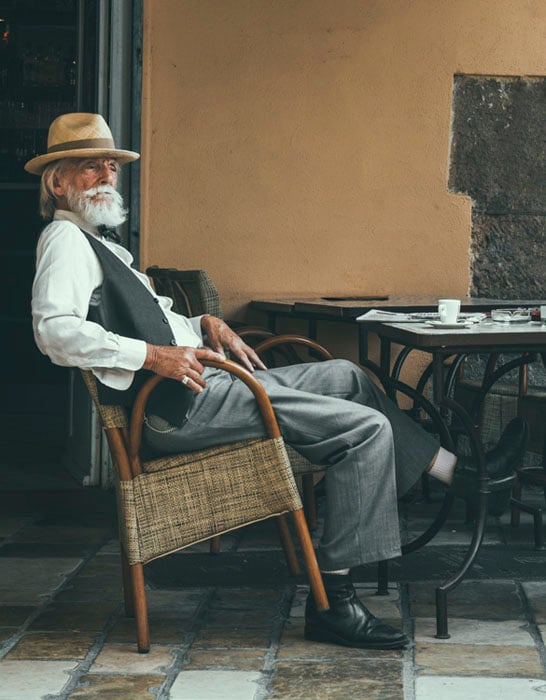
#3. To complete a photography project properly takes a lot of time, dedication, and patience
Although I was a professional photographer for nine years before this project, this was the first personal photography project I have attempted. I have completed many personal shoots for myself but it seemed that I never had time for a project. But in actuality, I never made time for one.
And this project took a lot of time. At least three hours each day were devoted to it: finding a portrait subject, shooting them (usually the quickest part of the whole process), editing and then writing a story to go with the portrait on website.
The hardest and most time-consuming part was finding people to be a part of the project. Many days it took hours to find someone interesting to agree (some of the interesting people who turned me down still haunt me).
It is interesting to note that during the month of July, I was overseas covering Le Tour De France, and made some of my favourite portraits in this different culture. In fact, almost everyone I asked in France agreed right away to be photographed for the project, compared to Winnipeg, Canada, where often I had to ask 5-15 people before someone agreed (this was often the bane of the project).
It was refreshing to have people so open to art in France, though it was a huge challenge for me to communicate with my poor French. On top of the hardship of finding people, I also wanted to try to find the most interesting subjects that I could. National Geographic photographer Jim Richardson’s words rang through my brain: “If you want to be a better photographer, stand in front of more interesting stuff.”
To me, a successful portrait involves three main elements: a captivating subject/engaging emotion, interesting lighting/mood, as well as a fascinating environment. With every portrait I strived to have all three elements, but this was not always possible. If any of the three elements were to suffer, it was usually the environmental aspect, so I tried to keep it clean and uncluttered.
I found my subjects in a variety of ways. Most days, I would wander around a different area of the city with my camera bag and lighting kit, asking strangers on the street whom I thought were interesting. I had prepared a speech in both English and French (to prepare myself for a big assignment shooting Le Tour De France). I must have repeated some variation of my introduction/request for a portrait at least a 1,000 times over the course of the year.
What determined who was interesting to me varied day to day, but it had to be something that drew my attention to that person for more than the standard glance that we have for the hundreds of people we see everyday. Sometimes I found interesting subjects while I was on assignment. Other times I put calls out on social media. The majority the 365 portraits were of complete strangers, though I did sneak some family and friends into the mix as well.
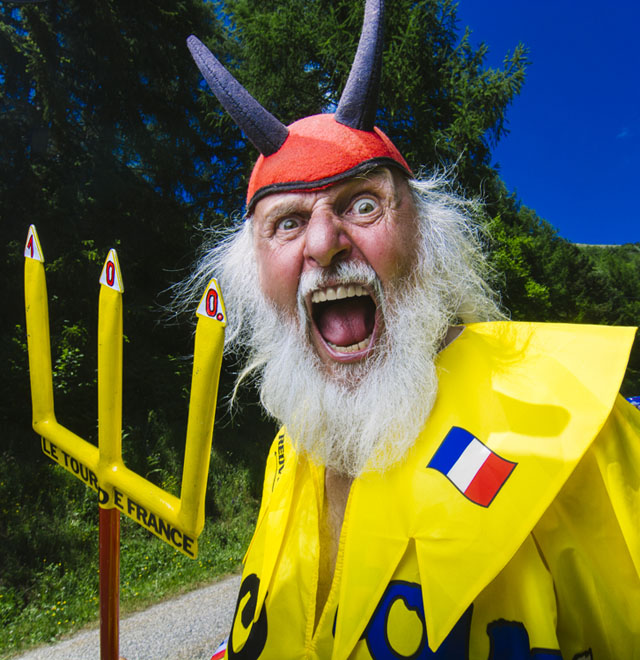
#4. People want to know their neighbors
One of the things that surprised me the most was hearing from people how much they enjoyed reading the stories that accompanied every portrait I posted. While planning the logistics of the project, I figured my colleagues and family would likely check the site every once in a while, and that amateur photographers in my circle might enjoy the technical details, and behind the scenes info I shared, but it turned out people from all walks of life followed the project on a daily basis.
I received many emails, and messages over social media encouraging me to continue to share details about the people I met/photographed. It seemed that the people following my project really enjoyed reading and learning about the people I met. It quickly became a project about community as much as it was about my initial goal of quality portrait photography.
Everyday I included the date/time/location, as well as the EXIF info, and the lighting info with every post. I also wrote a paragraph or two about the portrait session, how I met the person, and deeper details about the person depending on how much they opened up to me. I didn’t plan on journaling each day in words at the beginning of the project, but I quickly discovered that everyone has a story, and it seemed that the people I was photographing wanted to share something about themselves with me. I was extremely surprised about how much complete strangers opened up to me about intimate details of their lives with little to no effort on my part.
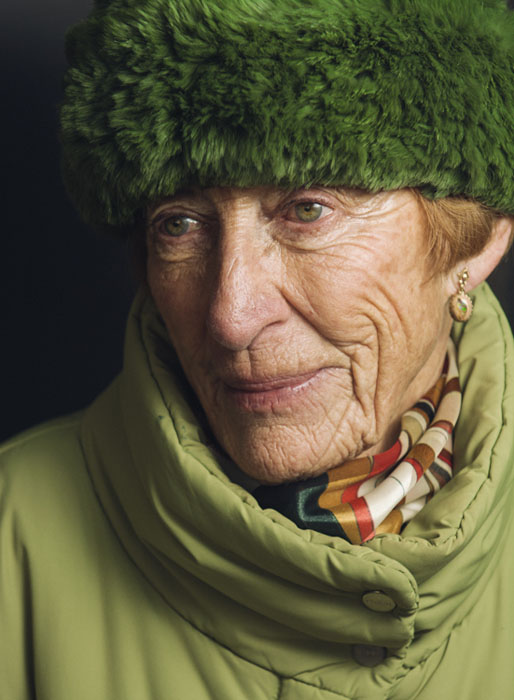
#5. The people who made the project happen
I’ve made some portraits of which I am extremely proud and have met some incredible people along the way. I was able to include an extremely diverse range of portrait subjects, from millionaires to people without a home. From professional athletes, to junk yard workers, to politicians, and even an astronaut.
I tried to include people from all walks of life, and I made a conscious effort to try to include portraits that would be representative of the population around me, but there is obviously a large part of the population who would not be interested in talking to a stranger on the street, so it can never be inclusive of everyone.
One thing that became evident was that the people who did agree to a crazy photographer asking to make a portrait of them in the street had a creative aspect to them in one way or another.
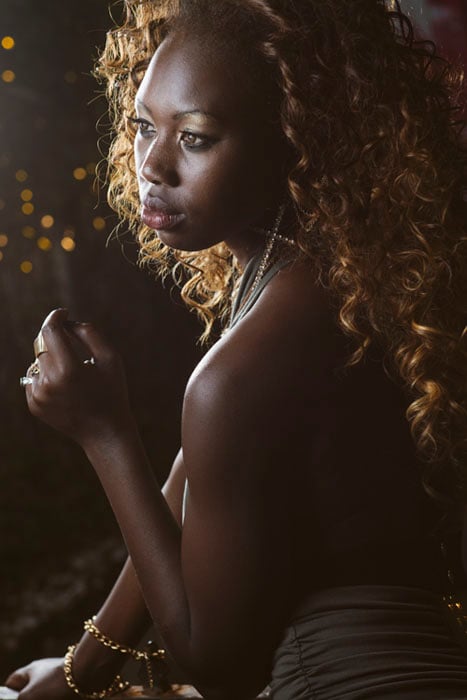
#6. Group dynamics
Every day the search for a portrait was different, and I quickly learned which people and situations would be more or less agreeable to my requests. Even though I have a degree in psychology, I learned quite a lot about human interaction by talking to strangers every single day on the street. I learned about group dynamics and one principle specifically was the socio-psychological phenomenon known as ‘diffusion of responsibility’.
When approaching groups, I learned that people are almost always less likely to say “yes” to a request when in a group. Basically, each person thinks that someone else will agree but in the end, no one would agree. This really hit home when I went into a bus shelter and gave the entire group my prepared speech, and not one person would respond.

#7. Don’t judge a book by it’s cover
We are all taught as children not to talk to strangers. This project saw me approach thousands of strangers on the street over the course of the year. Upon first spotting an interesting looking person, I usually had some sort of preconceived idea about who this person might be, and how they might react to my strange request of a portrait right there on the spot. These thoughts are only natural, but they almost prevented me from making some great work.
I had to push myself, often against my better instincts, to approach some outwardly sketchy looking people. To my surprise, some of these unpolished-appearing people turned out to be extremely nice, interesting, and easy to work with people. The character who appeared to be part of a motorcycle gang turned out to be a retired police officer who spoke of the love for his grandchildren and dogs.
There were a few bad situations in which I found myself while attempting to make portraits, but the people who were issues did not look like trouble. There was the time a drunk old man grabbed my girlfriend. Another time, an angry employee of a wrecking yard threatened to punch me in the face simply for asking to make a portrait of him or any other employee. When I was making a portrait of a homeless person, another man, clearly on snuff, charged at me and grabbed the camera strap that was around my neck and tried to rip it off me.
These negative experiences didn’t hamper my enthusiasm for the project, and I met and photographed some delightful people. The portraits I made during the year can replace my portfolio many times over. For anyone thinking about challenging themselves with a similar type of project I might advise against setting rigid requirements such as the daily aspect. While the daily rule kept me on my toes and forced me to go out, carrying the equipment with me every single day constantly reminded that I would not have one day off during the entire year.
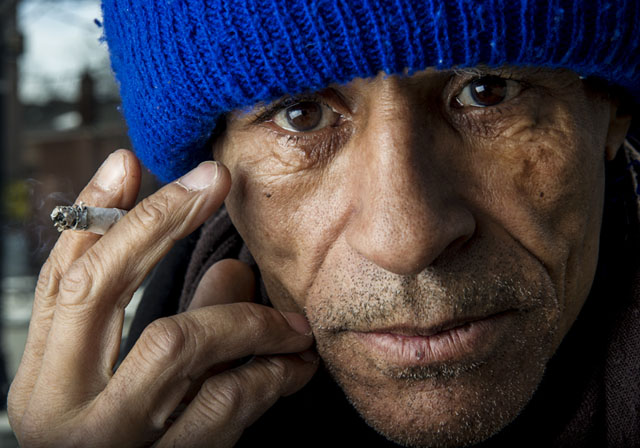
P.S. My project was featured in a CTV News segment, in which you can see me in action. It can be viewed here.
About the author: David Lipnowski is a commercial photographer with a photojournalist background who regularly works for many of Canada’s top companies and magazines. You can connect with him through his website, Instagram, Twitter, and Facebook.